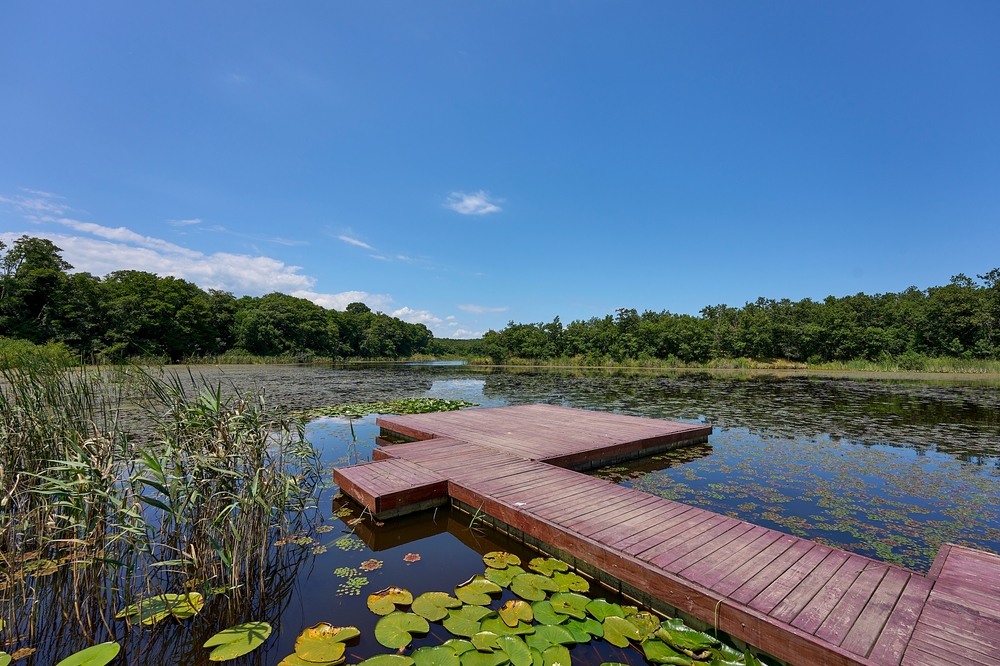İğneada Floodplain Forests Overview
İğneada Floodplain Forests National Park, known in Turkish as İğneada Longoz Ormanları Millî Parkı, is a rare and ecologically rich protected area located in the Kırklareli Province of northwestern Turkey, near the town of İğneada and the border with Bulgaria.
Covering approximately 11 square miles, or about 29 square kilometers, this coastal park lies along the western edge of the Black Sea. It is one of the few remaining examples of floodplain and alluvial forests in Europe. The terrain is relatively flat, with the landscape shaped by a combination of freshwater lakes, marshes, swamps, sand dunes, and dense forestlands.
The park’s most defining feature is its longoz forests—floodplain woodlands that are seasonally inundated by rivers and streams, creating a unique mosaic of aquatic and terrestrial habitats. Major freshwater bodies such as Mert Lake, Erikli Lake, and Saka Lake are scattered across the park, surrounded by reed beds and woodlands that thrive in the wet environment.
Vegetation in İğneada Floodplain Forests National Park is lush, varied, and highly adapted to the wet conditions. Dominant tree species include ash, alder, oak, and hornbeam, many of which grow directly in standing water during the flood season.
The understory is rich with ferns, wildflowers, and climbing plants that create a dense green canopy in the spring and summer. The combination of forest, wetland, and coastal ecosystems gives rise to a high level of plant biodiversity, including numerous endemic and rare species. In autumn, the landscape transforms into a tapestry of golds, reds, and browns, drawing visitors eager to experience the changing seasons.
The park supports a remarkably diverse range of wildlife, especially birds, amphibians, and mammals. It serves as an important stopover and breeding site for migratory birds traveling along the Black Sea route. Species such as white storks, grey herons, pygmy cormorants, and various types of ducks and warblers are commonly seen.
Raptors like the lesser spotted eagle and Eurasian sparrowhawk patrol the skies, while woodpeckers and owls inhabit the forested zones. Among the mammals found in the park are red deer, wild boar, otters, foxes, and occasionally wolves. The wetlands also support amphibians and reptiles such as European pond turtles and marsh frogs, which are vital to the food web of the region.
Key attractions in the park include its birdwatching platforms, boardwalks through the floodplain forests, and serene canoe routes on the lakes and channels. Visitors are drawn to the peaceful scenery, the reflective waters of Mert and Saka lakes, and the mysterious atmosphere of the longoz woodlands.
The coastal dunes near the Black Sea provide contrasting scenery and an opportunity to explore a different ecological zone within the park.
Visitors can experience İğneada Floodplain Forests National Park through hiking, birdwatching, canoeing, guided eco-tours, and nature photography. Well-maintained trails, observation towers, and interpretive signs make it an educational and accessible destination for families, students, and ecotourists alike.
The park offers a tranquil escape and an opportunity to immerse in one of Europe’s rarest forest types.
Conservation efforts in İğneada have gained momentum since its designation as a national park in 2007. While threats from tourism development, pollution, and illegal hunting persist, national and local efforts have contributed to increased protection, scientific monitoring, and awareness campaigns.
The park stands as a symbol of Turkey’s commitment to preserving delicate and rare ecosystems that are vanishing elsewhere in Europe.
Park Map
İğneada Floodplain Forests National Park Highlights
Share your clicks with us
Related National Parks More Turkey
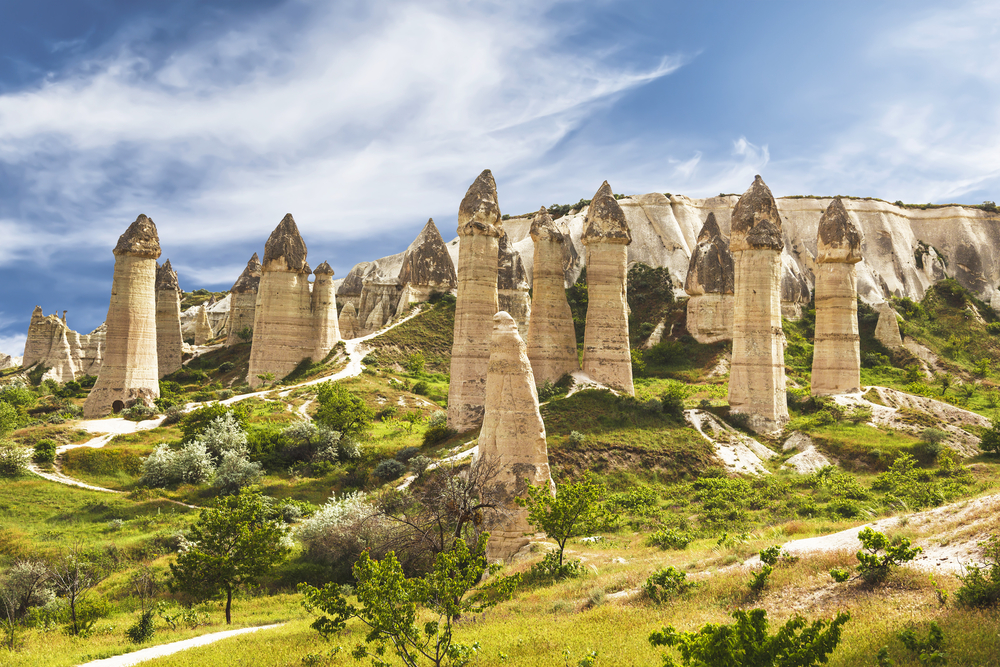
Göreme National Park

Aladağlar National Park

Köprülü Canyon National Park
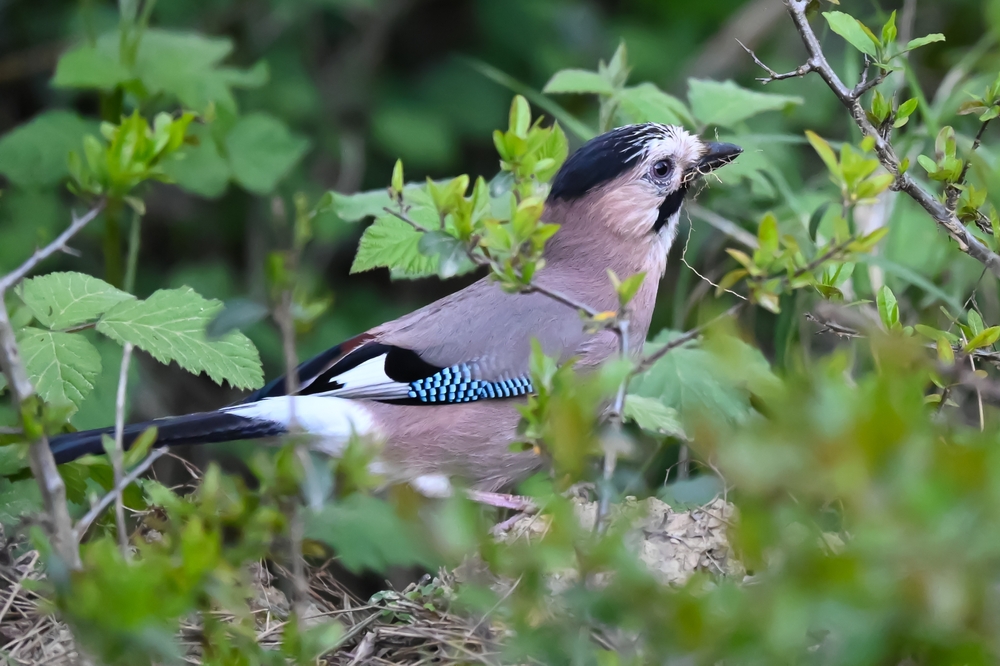
Altınbeşik Cave National Park
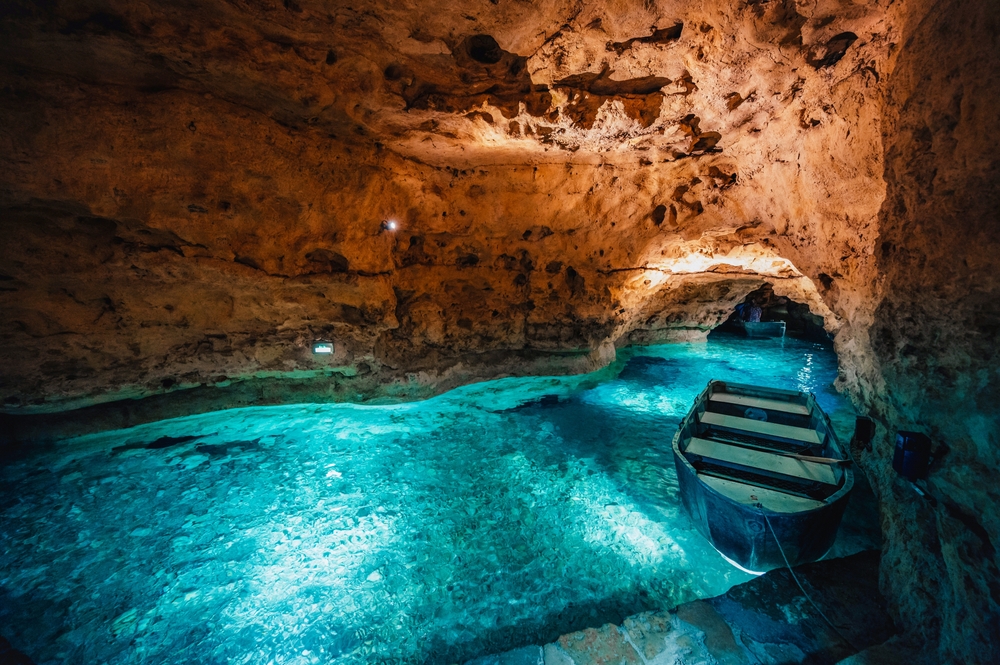
Derebucak Çamlık Caves National Park

Altindere Valley National Park
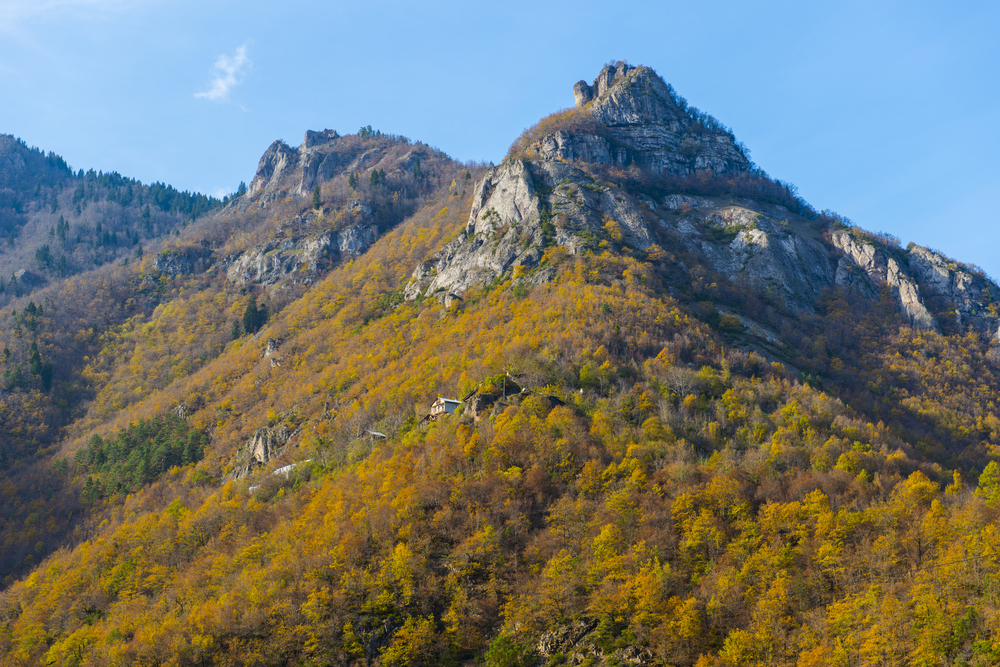
Hatila Valley National Park

Hakkâri Cilo-Sat Mountains National Park
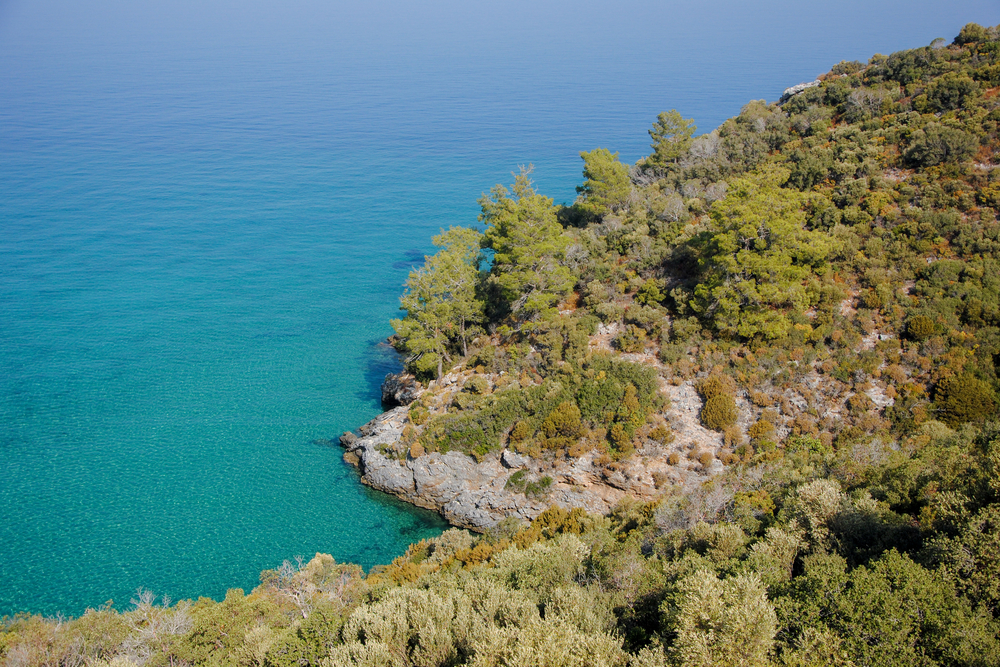
Dilek Peninsula–Büyük Menderes Delta National Park









































































